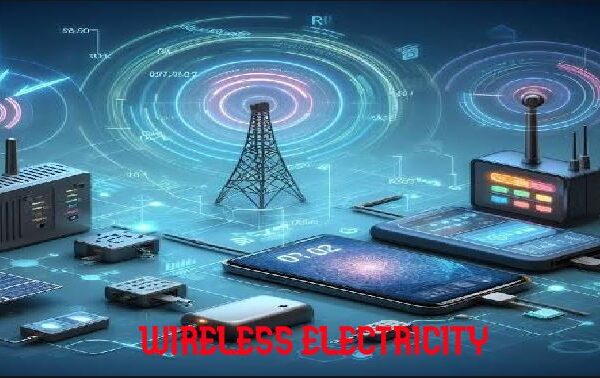Growing plants in the house is a good and healthy practice. The herbs and shrubs help purify the air, and the flowers and their peculiar fragrance develop positive energy at the home. The shrub, such as night ‘jasmine.’ is a wonderful plant whose flowers spread a pleasant smell. A survey shows that this plant is useful in curing several diseases.(https://timesofindia.indiatimes.com/topic/health-benefits-of-night-jasmine)
But we want to discuss some science projects for kids that depend on chemical reactions. These reactions create the illusion of herbs. We term such an appearance ‘Chemical Garden.’ It’s a fake garden created by the colours of the chemical substances.
Chemical Garden
We need a glass box. This box should be of glass from all sides. If there is some sand, it will add to the beauty of the experiment. In addition, you need to have some chemical substances such as copper sulphate, copper chloride, copper nitrate, ferrous sulphate, aluminium sulphate, cobalt nitrate, and cobalt chloride. All these substances should have colour and must be soluble in water.
All these chemicals are corrosive and poisonous. Hence, you must wear gloves- while performing the experiment and never taste these chemicals.
Another chemical we need is sodium silicate powder or glass water. Liquid glass is readily available in the market. If you don’t have sodium silicate or glass water, you may use pieces of glass.
Dissolve sodium silicate in slightly hot water. Let it cool down – This is a glass-water solution.
Now, keep the glass box in a place- where no one touches it. Set a layer of sand at the bottom of the box. Now, put the crystals (1-2 gm.) of the chemicals onto the sand layer so that each substance is away from the other.
Add glass- water into the glass box so that it occupies more than half its volume.
If you don’t have a glass- water, make a layer of minute glass pieces on the first layer of sand. Fill the glass box with three-fourths of water slowly without disturbing the layers. Keep this set for about five hours.
You can see the artificially coloured leaves and shoots. Now the chemical garden is ready. The long shoots or leaves are the metal silicates. Their colour depends on the metal in use.
Generation of electricity
The traditional way of generating electricity is by burning the fuel (coal) at the power station. We can generate electricity using ‘nuclear- fuel’ that is ‘nuclear energy.’ They generate electricity by using hydrogen as a fuel. Nowadays, we get the cheapest source of electricity from solar energy.
Here is a project to observe how chemical energy converts into electricity.
Take a copper and zinc strip, which will act as electrodes. Take a beaker and add sulphuric acid. Connect each electrode with an electric wire. Put the electrodes in the Beaker and complete the circuit by connecting the ends of electrode wires with a galvanometer or a torch bulb.
You can see the bulb glow for a short time.
It’s because chemical energy converts into electrical energy.
Electricity from wood ash
In the old days, people cooked food by burning wood. We get wood ash by burning wood and plant waste.
Collect about half a kilogram of ash. Remove solid waste from it. Add pure ash into a beaker. Add water. Put the electrodes into the Beaker and repeat the above experiment.
Ash contains elements- such as aluminium, calcium, magnesium, iron, potassium, and chlorine. When we add water, these convert into ions.
Thus, chemical energy converts to electrical energy.
(You must perform all these experiments in the presence of a teacher.)






